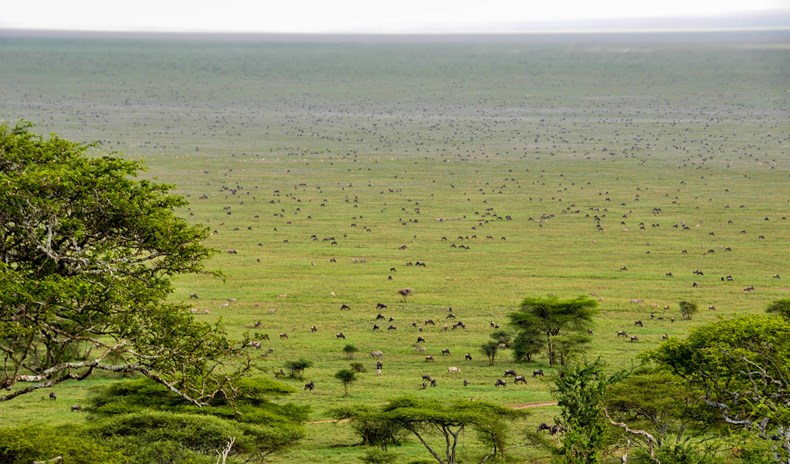Lemala Ndutu Tented Camp is ready to welcome the herds into the south.



We're eagerly looking forward to the on-set of our short rainy season and the life it brings to the plains, rivers and hills of northern Tanzania. The great herds pivot, recrossing rivers and pressing on urgently into the heart of the Serengeti, anxious to ensure they access the highly nutritious grasses brought on by the short sharp downpours.
In light of this utterly spectacular time in the Serengeti, we are excited to announce the re-opening of Lemala Ndutu Tented Camp. Our team are ready to greet the herds, and welcome you in to experience front row seats to the birthing of the new wildebeest generation.
Heading south past the Eastern plains and their resident cheetah population, we have loved watching and listening to the herds gathering on the ridge beyond Lemala Nanyukie, and letting our friends and colleagues down at Lemala Ndutu Tented Camp know where they are, how the herds are behaving and their likely arrival date further south.
At this time of year wildebeest behaviour is dominated by the need to reproduce, and raise calves. During this vulnerable time for the herds, it draws out predators who target the newly born calves.
As our friend Doctor Richard Estes explains it:
- Reproduction - January/ February - The wildebeest's follower / calf system is tailored to its particular lifestyle. To stay mobile in aggregations on short grasslands where there is no place to hide. Cows have to remain fully mobile, without providing a steady supply of calves to sustain hordes of predators. The wildebeest's solution, unique in the bovid family, is to produce 90% of their calves during the 3 week peak early in the rains; and each calve accompanies and depends solely on its mother for survival from the moment it can stand. Probably to allow more time for calves to gain strength before darkness brings increased danger, daily calving begins at dawn and ends by midday.
- Maternal Care - Probably the most precocious of all ungulates, wildebeest calves can stand and run in as little as 3 minutes (average 7 minutes), and within 2 days keep pace with a running herd.
- Predators - Spotted hyenas and all other large carnivores manage to kill many calves, but the most calves present, the better their chances.
Source Richard Estes, The Safari Companion
We have experienced the magnificence of the many river crossings up north, but it is now time to introduce the new generation of the Great Wildebeest Migration to the plains of the Serengeti - and the predatory activity that stalks nearby.
